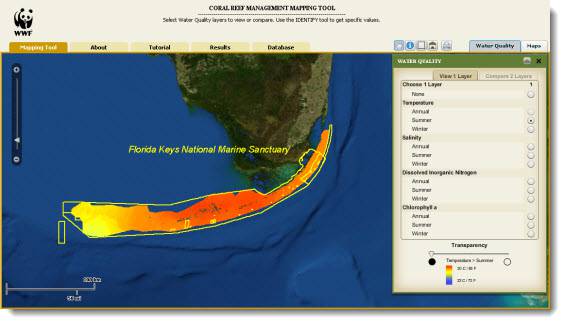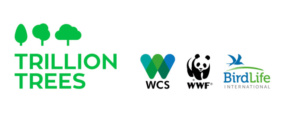
Trillion Trees is a joint venture between three of the world's largest conservation organizations - BirdLife International, Wildlife Conservation Society (WCS) and WWF - to end deforestation and restore tree cover. The organization aims to protect and restore forests to achieve one trillion trees by 2050, for the benefit of people, nature, and a stable climate. To do so, they:
-
-
- Implement work on the ground to protect and restore forests,
- Influence global policy and private sector practices, and
- Inspire us all to value, protect and restore forests.
-
Key to these efforts is telling the story of where their work has made a difference and where the need is the greatest. Being able to do so in an interactive and compelling way can lead to more support both financially and politically.
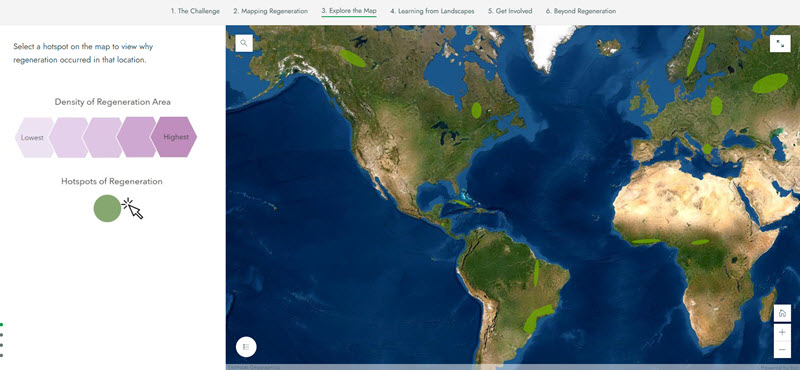
Trillion Trees looked to Blue Raster to tell their story via an ArcGIS StoryMap. Using data sets from a variety of research, the Trillion Trees story map shows how nearly 59 million hectares of forests – an area larger than mainland France– has regrown since 2000. This research informs forest restoration plans worldwide, giving a picture of the areas where focusing restoration efforts could be most beneficial.
Trillion Trees StoryMap
With the StoryMap application, Trillion Trees was able to outline the story they needed to tell, select the data to use, develop content to provide context to the data, and create graphics. Much of this work is automated in the platform, allowing non-developers to build an incredibly interactive page that reads like an in-depth magazine article in a mainstream media source.
The Trillion Trees story map includes:
-
-
- An overview of the challenge
- A definition of regeneration
- The impact of discovered regeneration
- An interactive map showing viewers the areas of high regeneration along with descriptions of why/how that regeneration happened.
- In depth analysis of two areas’ regeneration
-
The content provided shows the impact policy changes regarding forestation, environmental protection, and agricultural regulation can have on tree growth.

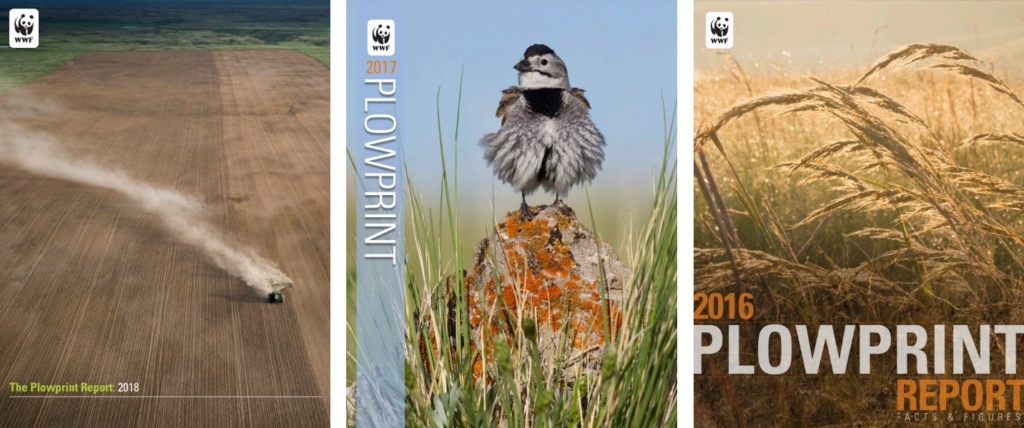
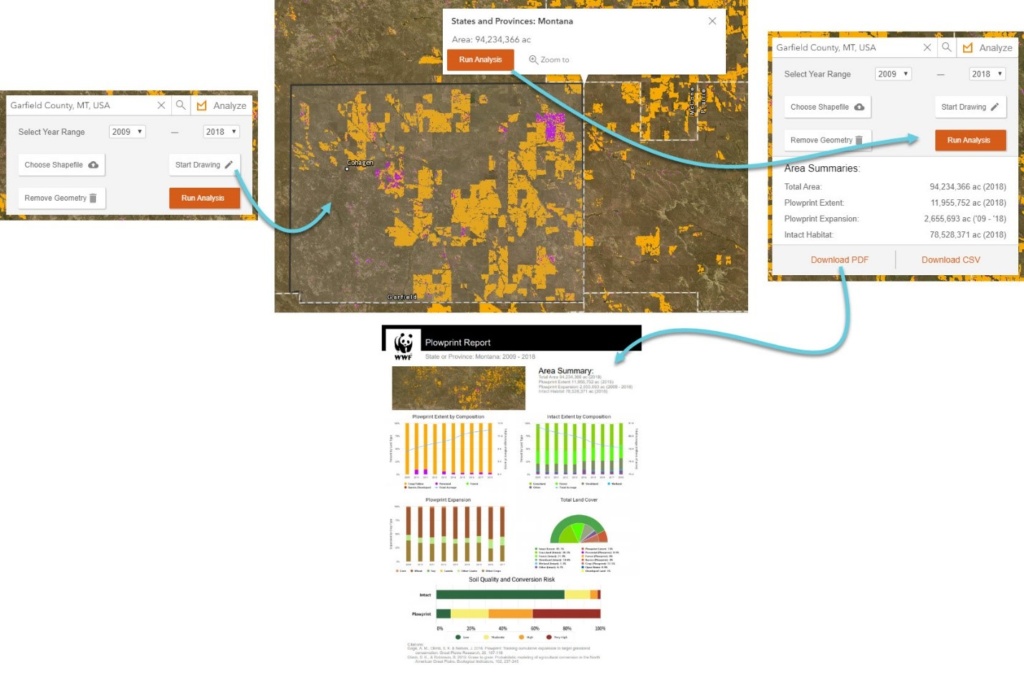
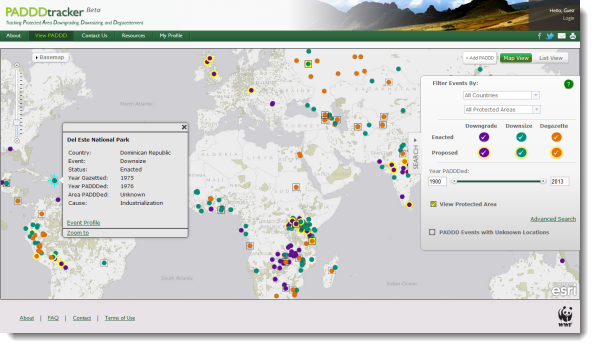
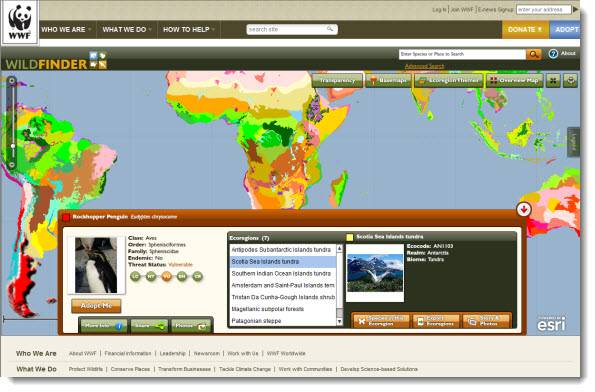
 Blue Raster has contributed an ArcGIS Server Flex API application for the World Wildlife Fund to support the Climate Change LEADS: Linking Environmental Analysis to Decision Support project. The tool allows users to explore water quality patterns throughout the Florida Keys National Marine Sanctuary. These results are based on quantitative landscape ecology and GIS techniques using existing and emerging data to perform an analysis of the spatial and temporal relationships between environmental factors and coral bleaching response to suggest patterns of resilience within the Florida Keys National Marine Sanctuary. This is very specific to the Keys, but the scientific concepts if applied world-wide would provide one of the few “global” (near-shore environments) data sets and analytical capabilities.
Blue Raster has contributed an ArcGIS Server Flex API application for the World Wildlife Fund to support the Climate Change LEADS: Linking Environmental Analysis to Decision Support project. The tool allows users to explore water quality patterns throughout the Florida Keys National Marine Sanctuary. These results are based on quantitative landscape ecology and GIS techniques using existing and emerging data to perform an analysis of the spatial and temporal relationships between environmental factors and coral bleaching response to suggest patterns of resilience within the Florida Keys National Marine Sanctuary. This is very specific to the Keys, but the scientific concepts if applied world-wide would provide one of the few “global” (near-shore environments) data sets and analytical capabilities.